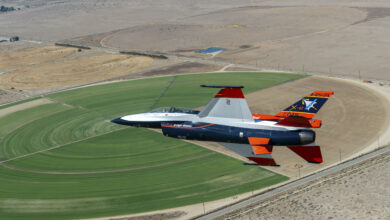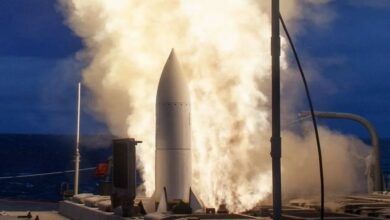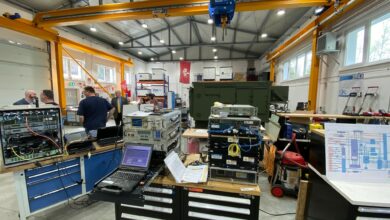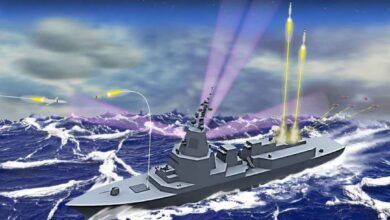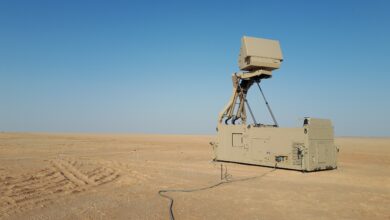Raytheon Satellite Sensor Payload Tested for Space Survivability
Raytheon has announced the completion of sensor payload Thermal Vacuum Testing for the US Space Force’s Next-Generation Overhead Persistent Infrared missile warning satellites.
According to the company, Thermal Vacuum Testing exposes the sensor payload to a space-like environment to evaluate its survivability. The test provides data that Raytheon can use for model correlation, flight hardware production, and payload delivery.
The company employs model correlation data to simulate space-like environments and evaluate the payload’s performance across various mission threads, including design, launch, and post-delivery support.
Raytheon also utilized a tabletop thermal vacuum chamber to validate the early design of optical components of the satellite sensor payload.
“This type of agile development can offer rapid and iterative design insights while modeling evolutionary payload upgrade capabilities to meet future threats and mission requirements,” the American aerospace firm said in a press release. “Digital engineering can also save elements of non-recurring engineering costs on programs.”
The Next-Generation Overhead Persistent Infrared satellite was developed by Lockheed Martin to provide more resilient missile warnings to the US Space Force. The company chose Raytheon to design a viable sensor payload for the platform.
‘Paramount to Our Success’
Raytheon Intelligence & Space official Kristin Robertson explained that the company recognizes the evolving threats in space and is working to provide advanced solutions for these challenges.
She said that the firm is exploring ways to leverage high technology readiness level components and sensor programs to ensure that the solutions meet critical mission requirements.
“Space is a dynamic environment,” Robertson stated. “Ensuring our instruments are prepared for challenges is paramount to our success. We’re pulling from our deep bench of technical expertise to support the urgent need for space-based early warning of existing and advanced strategic missile threats.”



